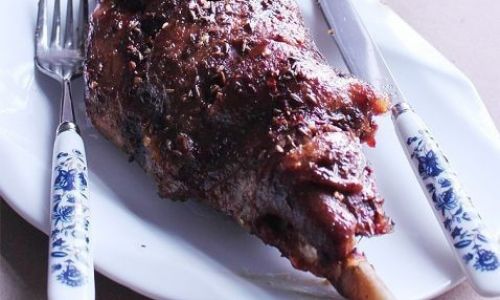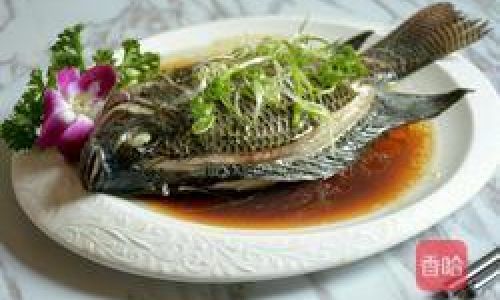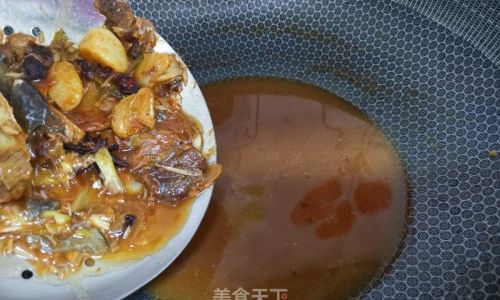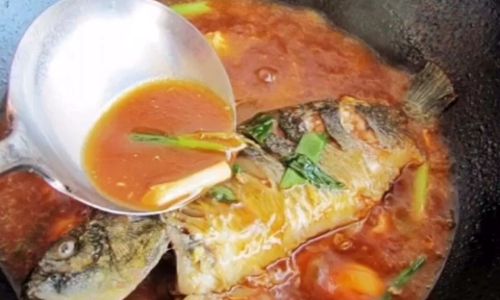Roasting a lamb leg is a culinary endeavor that can elevate any meal to a feast. Whether you’re hosting a festive gathering, a cozy family dinner, or simply treating yourself to a gourmet experience at home, a perfectly roasted lamb leg is a dish that promises to impress. The key to achieving that succulent, flavorful, and tender masterpiece lies in a combination of careful preparation, the right ingredients, and meticulous cooking techniques. In this guide, we’ll delve into every step of the process, ensuring you know how to roast a lamb leg that’s not just good, but truly delicious.
Selecting the Perfect Lamb Leg
Before you even think about seasoning or cooking, it’s crucial to start with a high-quality piece of meat. Look for a lamb leg that has a good marbling of fat; this will ensure it stays juicy and flavorful during roasting. You have two main options: bone-in or boneless. Bone-in legs tend to be more flavorful due to the bone’s ability to conduct heat and retain juices, while boneless legs are easier to carve and cook more evenly. Choose based on your preference and the occasion.
Preparation: Trimming and Seasoning
Once you’ve selected your lamb leg, it’s time to prepare it for roasting. Begin by trimming any excess fat and silver skin, which can make the final dish greasy. Be mindful not to remove all the fat, as some is essential for flavor and moisture retention.

Seasoning is where your creativity can shine. A classic approach involves a simple rub of salt, pepper, garlic powder, and rosemary. However, don’t be afraid to experiment with spices like cumin, paprika, coriander, or even a hint of chili flakes for a bit of heat. For an aromatic twist, consider adding a blend of Mediterranean herbs such as thyme, oregano, and mint.
Make sure to season the lamb generously, massaging the spices into the meat to ensure they penetrate deeply. For an extra layer of flavor, let the seasoned lamb sit in the refrigerator, uncovered, for a few hours or overnight. This process, known as dry-brining, helps to concentrate the flavors and draw out some moisture, which will later reabsorb, carrying the seasoning deeper into the meat.
Marinating (Optional but Recommended)
While not strictly necessary, marinating your lamb leg can add another layer of complexity and depth to its flavor. A simple marinade might include olive oil, lemon juice, minced garlic, and fresh herbs. For a more exotic touch, try incorporating ingredients like yogurt, honey, mustard, or even a splash of red wine or vinegar.
Marinate the lamb in a sealed container or a large zip-top plastic bag for at least 4 hours, preferably overnight in the refrigerator. Remember to turn the meat occasionally to ensure even distribution of the marinade.
Preheating and Preparing the Oven
Preheat your oven to around 375°F (190°C). This temperature allows for slow, even cooking that ensures the lamb becomes tender and juicy without drying out. If you have a roasting rack, use it to elevate the lamb, allowing heat to circulate evenly around the meat. If not, a simple baking dish lined with foil will suffice.
Roasting Techniques
Place the seasoned and (optionally marinated) lamb leg in the preheated oven. For even cooking, start with the fattiest side up. Depending on the size of the leg, roasting can take anywhere from 1.5 to 3 hours. Use a meat thermometer to check for doneness; the internal temperature should reach 145°F (63°C) for medium-rare or 160°F (70°C) for well-done, but remember that the meat will continue to cook slightly as it rests.

About halfway through roasting, turn the lamb over to crisp the other side. If you’re aiming for a golden, crusty exterior, you can finish the lamb under the broiler for a few minutes, watching carefully to avoid burning.
Resting and Serving
Once the lamb reaches the desired internal temperature, remove it from the oven and let it rest for at least 20-30 minutes. This resting period is crucial as it allows the juices to redistribute, ensuring a moist and tender final texture.
While the lamb is resting, prepare your sides. Classic accompaniments include roasted vegetables, couscous, or mashed potatoes. A fresh mint jelly or tzatziki sauce can provide a refreshing contrast to the rich flavors of the lamb.
Carving and Presenting
Carve the lamb leg into thick slices, ensuring each piece has a bit of the crusty exterior and the tender, juicy interior. Arrange the slices on a platter, garnishing with fresh herbs like parsley or rosemary sprigs for an elegant presentation.
Conclusion
Roasting a lamb leg is a rewarding culinary endeavor that, with the right techniques and ingredients, can yield a meal that’s both visually stunning and incredibly satisfying. By following these steps—from selecting the perfect piece of meat to seasoning, marinating (if desired), roasting, resting, and finally carving—you’ll be able to create a dish that’s sure to become a household favorite. Whether you’re a seasoned chef or a home cook eager to impress, mastering the art of roasting a delicious lamb leg is a skill worth having in your culinary arsenal. Enjoy your culinary journey and bon appétit!





0 comments